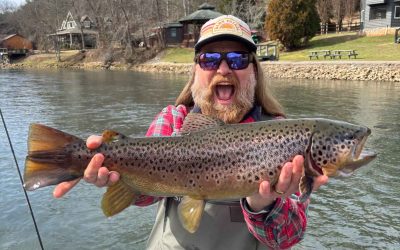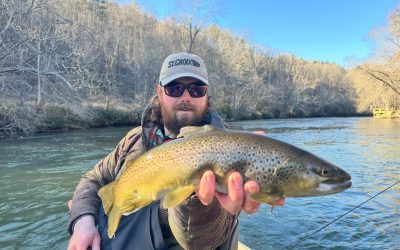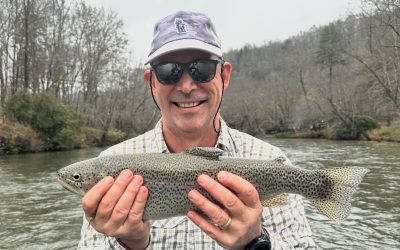[fusion_builder_container hundred_percent=”no” equal_height_columns=”no” menu_anchor=”” hide_on_mobile=”small-visibility,medium-visibility,large-visibility” class=”” id=”” background_color=”” background_image=”” background_position=”center center” background_repeat=”no-repeat” fade=”no” background_parallax=”none” parallax_speed=”0.3″ video_mp4=”” video_webm=”” video_ogv=”” video_url=”” video_aspect_ratio=”16:9″ video_loop=”yes” video_mute=”yes” overlay_color=”” video_preview_image=”” border_size=”” border_color=”” border_style=”solid” padding_top=”” padding_bottom=”” padding_left=”” padding_right=””][fusion_builder_row][fusion_builder_column type=”1_1″ layout=”1_1″ background_position=”left top” background_color=”” border_size=”” border_color=”” border_style=”solid” border_position=”all” spacing=”yes” background_image=”” background_repeat=”no-repeat” padding_top=”” padding_right=”” padding_bottom=”” padding_left=”” margin_top=”0px” margin_bottom=”0px” class=”” id=”” animation_type=”” animation_speed=”0.3″ animation_direction=”left” hide_on_mobile=”small-visibility,medium-visibility,large-visibility” center_content=”no” last=”no” min_height=”” hover_type=”none” link=””][fusion_text]1. Go Slow
This cannot be overstated. The easiest fish to see is the one you just spooked. As the fish bolts you will inevitably ask yourself “why was I in such a rush?” Go slow, start at the tail of the pool and work your way to the head. Be Methodical.
2. Look for Motion
It’s amazing how little motion it takes for a trout to keep its place in the current. However, these small movements are sometimes all it takes to give away a fish’s location. Look for unnatural movement like the side to side pulse of a tail or the telltale white of an opening mouth. Remember trout will always face into the current but that doesn’t mean they will always be facing upstream, eddies and swirling currents can put trout in some places you wouldn’t expect them.
3. Look for Shadows
A trout’s camouflage is effective, designed to hide it from predators with better eyesight than you and me. Sometimes the best way to spot a fish is by looking for shadows. If a fish is suspended any distance off the bottom it will cast a shadow that will contrast against the bottom more so than the fish itself. Find the shadow and you have found the fish.
4. Find the right water
This means using the angle of the sun to your advantage, try to position yourself so glare is minimal. Heavy currents and deep water can obscure what is hiding below so be sure to check the shallows. Tailouts are the shallow stretches at the end of a pool usually with a uniform current and gravel or cobble bottom in freestone rivers. These features make the Tailout ideal for spotting fish but their shallow nature can put fish on edge so be sure to go slow!
5. The gear
It’s hard to overstate the importance of good sunglasses on the water. Good sunglasses will not only cut the glare off the water allowing you to see the underlying structure of the river, they will also enhance your ability to see fish. Good sunglasses are the key to being able to spot fish and the easiest way to step up your sight fishing game so invest in a good pair.[/fusion_text][/fusion_builder_column][/fusion_builder_row][/fusion_builder_container]





